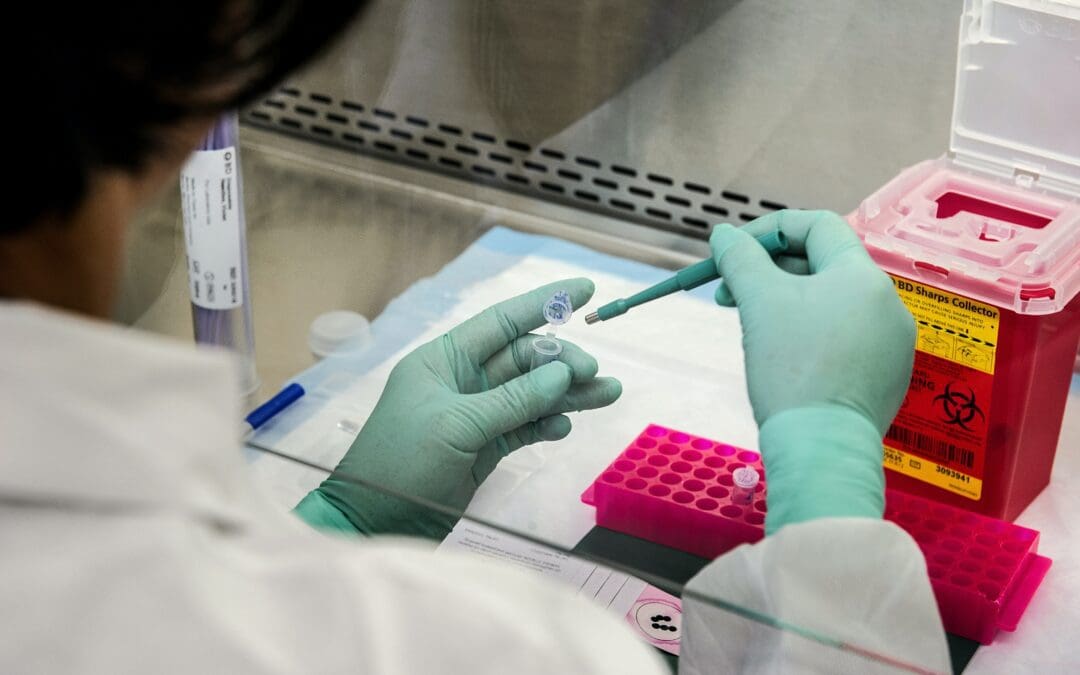Emerging evidence indicates that ionizing radiation (IR) and chemotherapy activate Type I interferon (IFN) signaling in tumor and host cells. However, the mechanism of induction is poorly understood. We identified a novel radioprotective role for the DEXH box RNA helicase LGP2 (DHX58) through its suppression of IR-induced cytotoxic IFN-beta [1]. LGP2 inhibits activation of the RIG-I-like receptor (RLR) pathway upon binding of viral RNA to the cytoplasmic sensors RIG-I (DDX58) and MDA5 (IFIH1) and subsequent IFN signaling via the mitochondrial adaptor protein MAVS (IPS1). Here we show that MAVS is necessary for IFN-beta induction and interferon-stimulated gene expression in the response to IR. Suppression of MAVS conferred radioresistance in normal and cancer cells. Germline deletion of RIG-I, but not MDA5, protected mice from death following total body irradiation, while deletion of LGP2 accelerated the death of irradiated animals. In human tumors depletion of RIG-I conferred resistance to IR and different classes of chemotherapy drugs. Mechanistically, IR stimulated the binding of cytoplasmic RIG-I with small endogenous non-coding RNAs (sncRNAs), which triggered IFN-beta activity. We demonstrate that the small nuclear RNAs U1 and U2 translocate to the cytoplasm after IR treatment, thus stimulating the formation of RIG-I: RNA complexes and initiating downstream signaling events. Taken together, these findings suggest that the physiologic responses to radio-/chemo-therapy converge on an antiviral program in recruitment of the RLR pathway by a sncRNA-dependent activation of RIG-I which commences cytotoxic IFN signaling. Importantly, activation of interferon genes by radiation or chemotherapy is associated with a favorable outcome in patients undergoing treatment for cancer. To our knowledge, this is the first demonstration of a cell-intrinsic response to clinically relevant genotoxic treatments mediated by an RNA-dependent mechanism.
“WiDr and D54 cell lines were cultivated in MEM with 10% FBS and 1% P/S.. Mice were exposed to 5.5 Gy total body irradiation using the Rad Source Technologies X-ray RS-2000 Biological Irradiator operating at 160 kVp and 25 mA at a dose rate of 2.20 Gy/min.. Mice were fed Uniprim for the entire duration of the experiment.”

